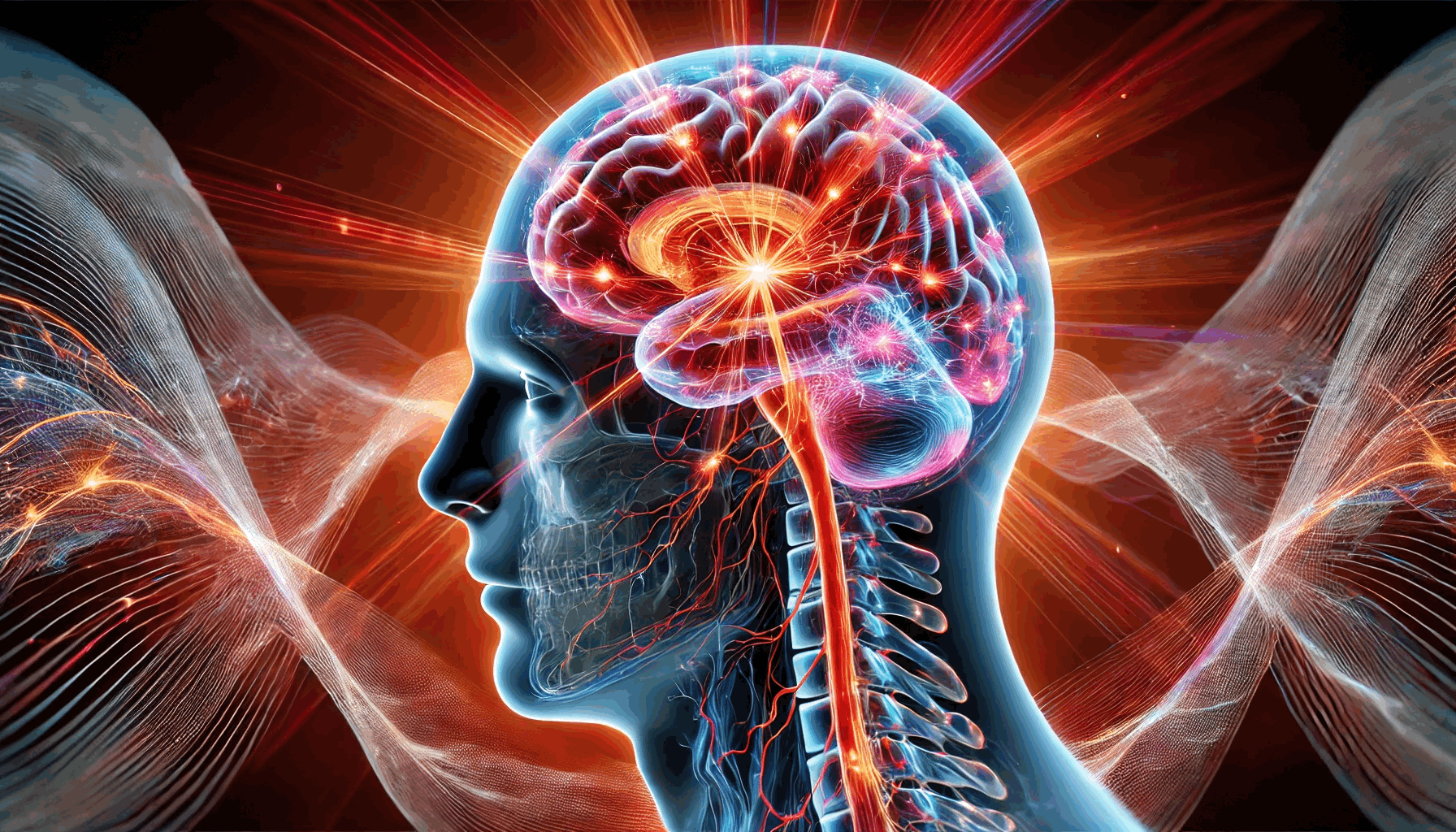✨ What If Pain Is an Intelligence?
What if pain isn’t an error at all, but a form of intelligence—always learning, always adapting?
Pain doesn’t just arise from tissue damage. It comes from stories, memory, belief, and past experience. It works like an embodied AI system: collecting data, making predictions, guarding against threats. That’s the idea behind Regenerative Pain Theory: pain as a neural system shaped by information, not just injury.
The good news? Like any intelligent system, pain can be re-educated. Through trust, story, and guided movement, we can reshape how the body responds. Pain isn’t a punishment. It’s protection gone too far. And that means it can change.
Pain isn’t just a signal. It’s a storyteller, a learner, a protector. What if it wasn’t something broken—but something smart? In this piece, we introduce Regenerative Pain Theory: the idea that pain adapts like a neural network, shaped by meaning, memory, and past experience.
Unlike outdated models that see pain as damage, Regenerative Pain Theory views pain as a dynamic intelligence—not artificial, but embodied. It gathers data, makes predictions, and responds to patterns. The catch? If it learns the wrong story (like "movement is dangerous"), it can become overprotective.
But here’s the hope: just like AI, pain can be retrained. Through movement, trust, new narratives, and meaningful exposure, we can help the system adapt again—toward recovery, not retreat. Pain isn't a glitch. It's a form of biological intelligence waiting for a better story.
